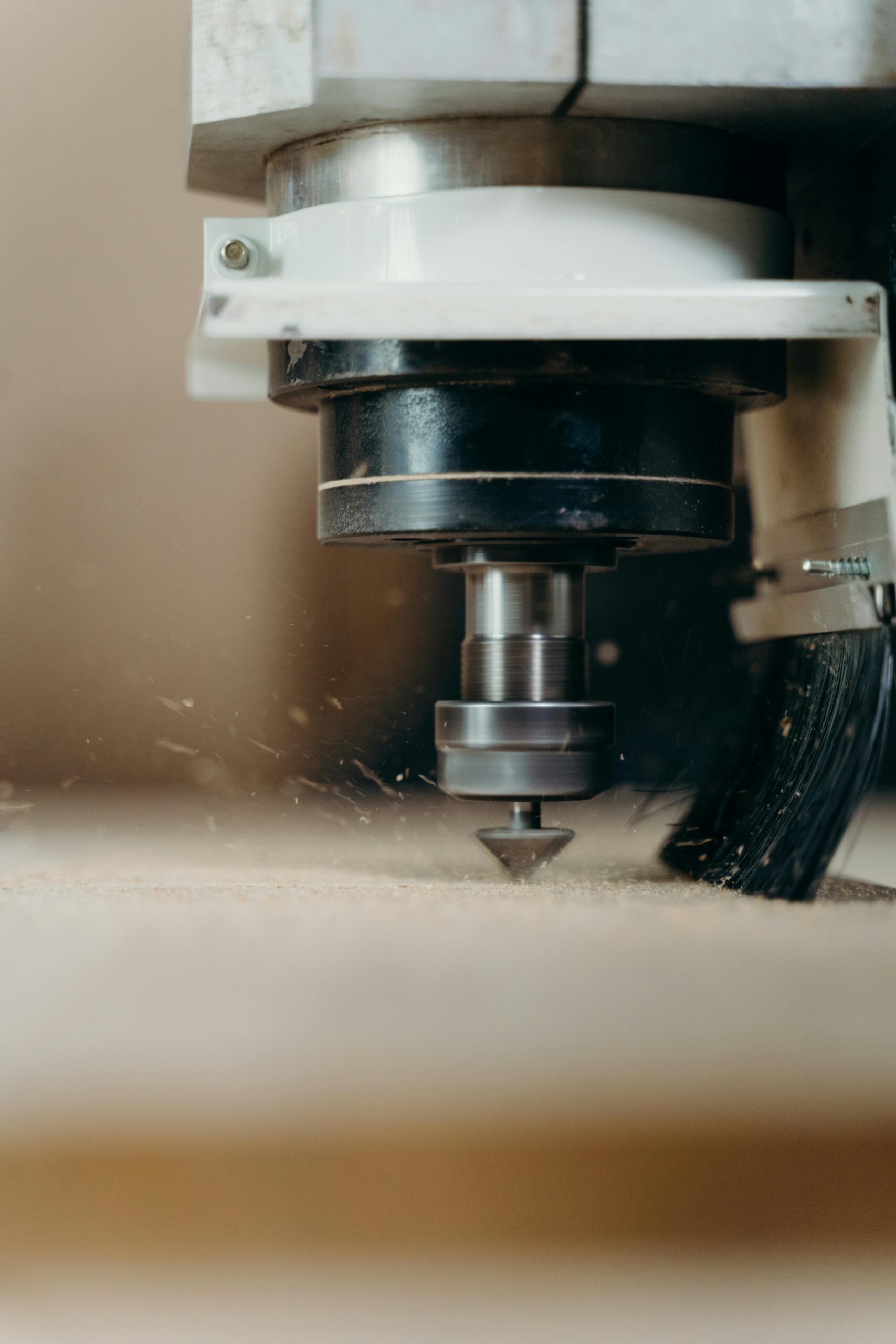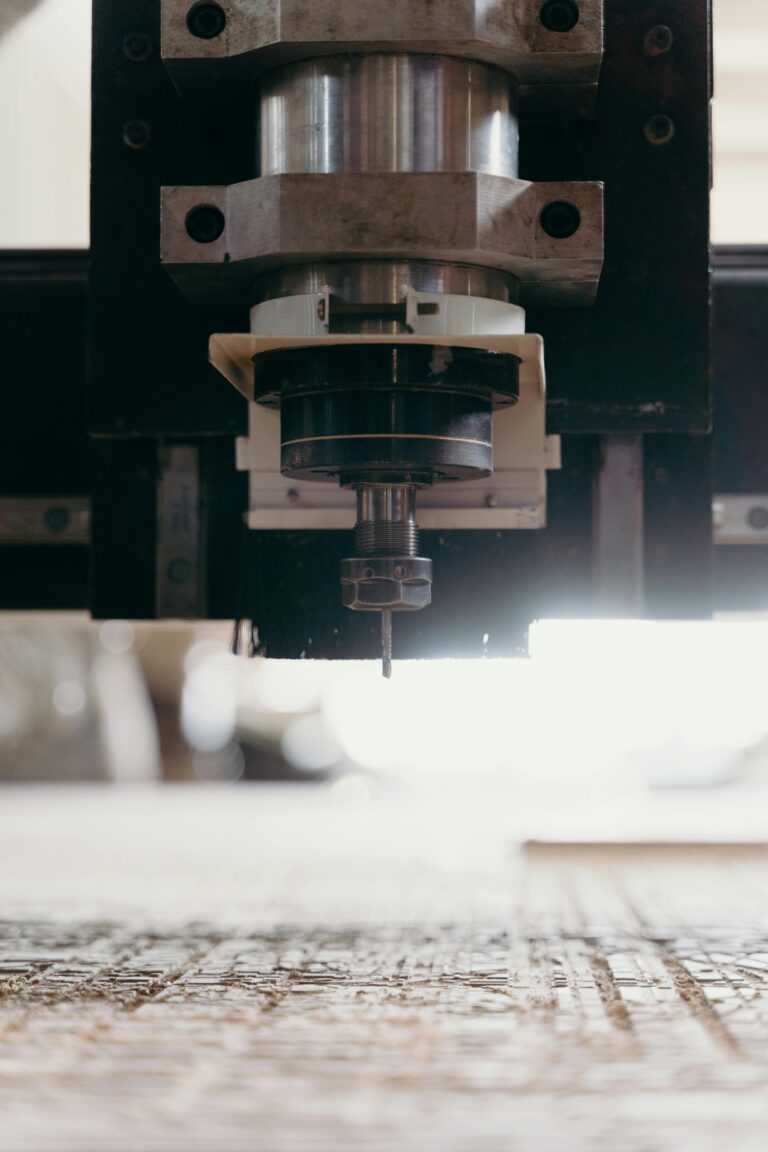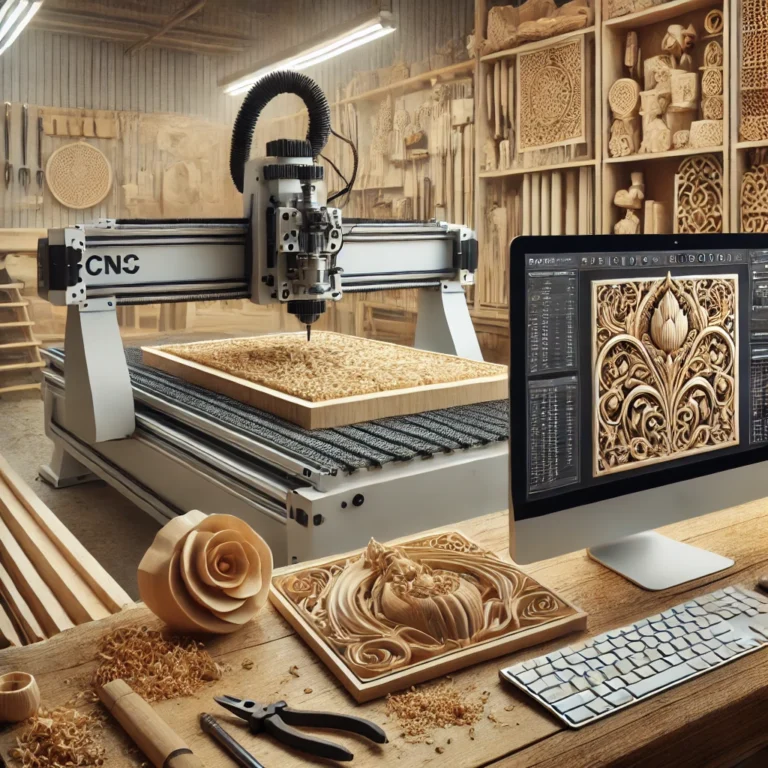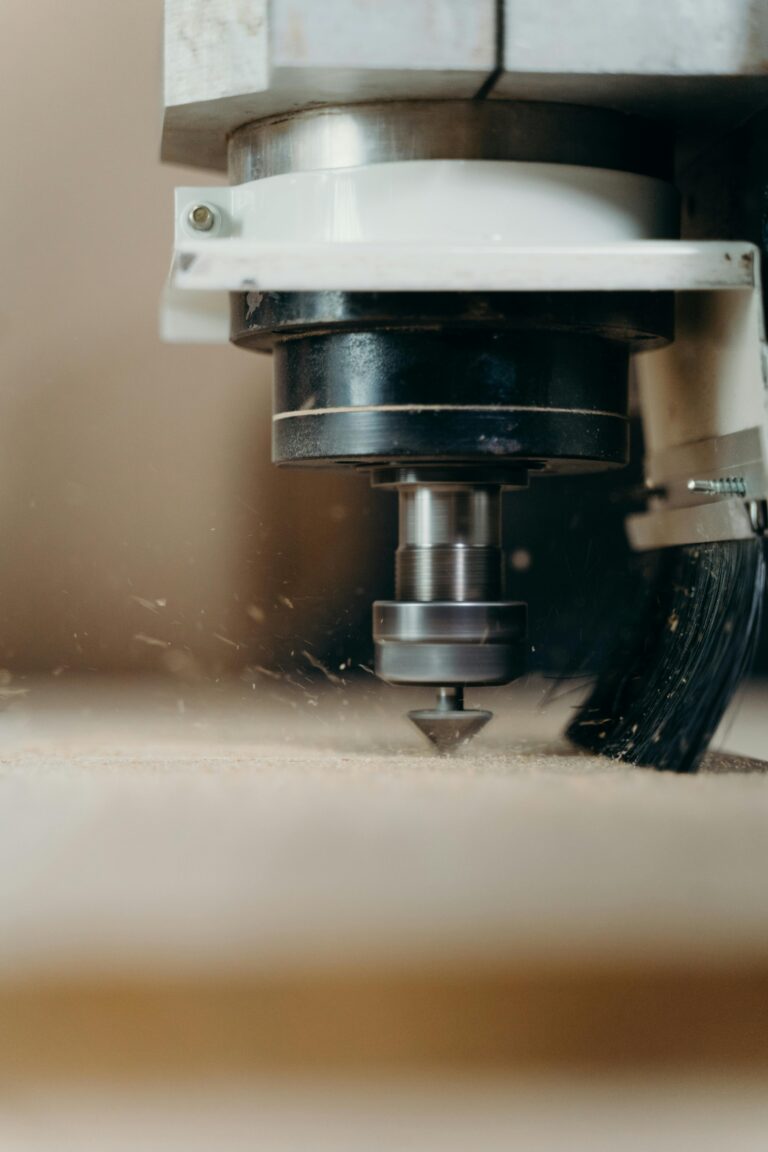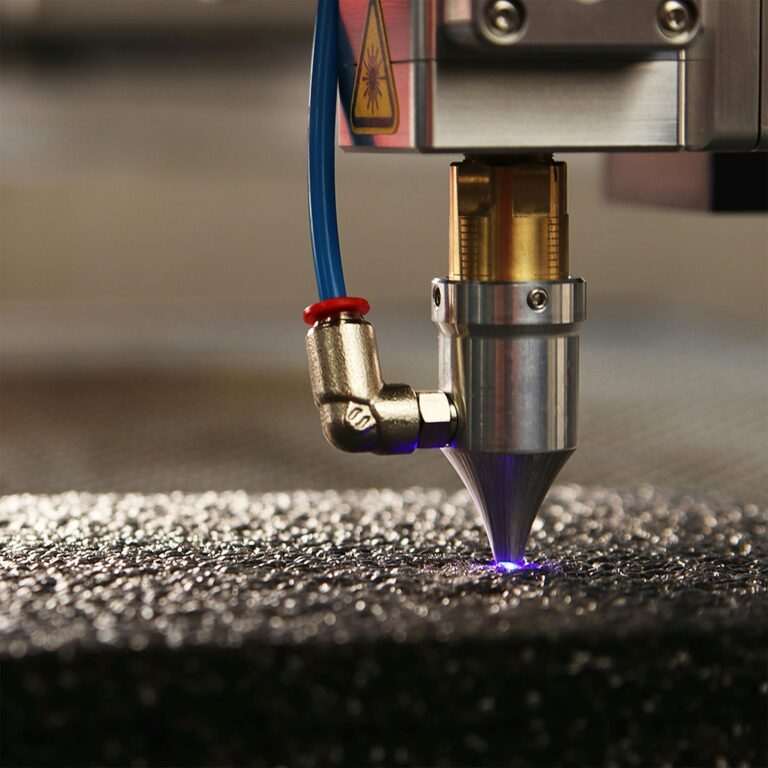Safety Tips For CNC Woodworking So You Don’t Lose a Finger
Safety first! Learn the essential CNC woodworking safety tips for beginners, from protective gear to keeping your workspace clean. Stay safe and productive with these key tips.
Introduction
CNC woodworking is an exciting and efficient way to create beautiful designs, but safety should always be your top priority. Even though CNC machines automate much of the process, accidents can still happen if you’re not careful. In this guide, we’ll cover the most important safety tips every beginner should follow to ensure a safe and productive CNC woodworking experience.
Wear Protective Gear
- Safety Goggles
Always wear safety goggles when working with a CNC machine. Even though the machine does most of the work, small wood chips and dust can fly out during the cutting process. Protect your eyes to avoid injury from debris. - Ear Protection
CNC machines can be loud, especially when cutting through tough materials. Over time, exposure to these noise levels can lead to hearing loss. Wearing ear protection, such as earplugs or noise-canceling headphones, will help prevent hearing damage. - Gloves (When Not Operating the Machine)
While gloves are not recommended when operating a CNC machine, you should wear them during setup and cleanup to protect your hands from sharp tools and materials. However, make sure to remove them before operating the machine to prevent them from getting caught. - Dust Mask or Respirator
Woodworking produces a lot of fine dust that can irritate your respiratory system. Wearing a dust mask or respirator will help you avoid inhaling harmful particles, especially if you’re working in a confined space without proper ventilation. - Closed-Toe Shoes
Protect your feet by wearing closed-toe shoes, preferably steel-toed boots. If any tools or heavy materials fall, your feet will be protected from injury.
Understand the Machine’s Emergency Shutoff
- Locate the Emergency Stop Button
Every CNC machine comes equipped with an emergency stop button. Familiarize yourself with its location before you start using the machine. In case something goes wrong, this button will instantly stop the machine. - Test the Shutoff Mechanism
Before starting your project, test the emergency stop button to ensure it’s working properly. It’s a simple step, but it could save you from a serious accident down the road. - Know How to Shut Off the Power
In addition to the emergency stop button, know how to completely shut off the power to the machine. This could be essential in a situation where the machine malfunctions or if there’s a power surge. - Keep the Area Around the Button Clear
Ensure that the area around the emergency stop button is clear of any obstacles. If you need to reach it quickly, you don’t want anything in the way that could slow down your response. - Inform Others of Its Location
If you’re working in a shared space, make sure everyone knows where the emergency stop button is. In case of an emergency, anyone nearby should be able to stop the machine quickly.
Avoid Loose Clothing and Jewelry
- No Loose Sleeves
Loose clothing, especially sleeves, can easily get caught in the moving parts of a CNC machine. Always wear tight-fitting or short-sleeved shirts when working near the machine. - Remove Jewelry
Rings, bracelets, and necklaces can become entangled in the machinery. It’s best to remove all jewelry before operating the CNC machine to avoid accidents. - Tie Back Long Hair
If you have long hair, always tie it back securely. Just like loose clothing, hair can get caught in the machine’s moving parts, leading to serious injury. - No Gloves During Operation
While gloves are useful during setup, they can become a hazard if worn while operating the machine. Gloves can get caught in the machine and pull your hand in, so always remove them before starting a project. - Proper Footwear
Wearing sandals or flip-flops is not recommended when working with a CNC machine. Always wear sturdy, closed-toe shoes to protect your feet from falling objects or sharp materials.
Maintain a Clean Workspace
- Clear the Area of Debris
Before starting any project, make sure your workspace is free of dust, wood chips, and any loose tools. A clean workspace reduces the risk of accidents and ensures smooth operation of the machine. - Organize Tools and Materials
Keep your tools and materials neatly organized. This prevents you from accidentally knocking things over or misplacing important items while working. - Properly Dispose of Waste
Always have a designated area for waste, such as wood shavings and dust. Regularly empty the dust collection system and dispose of waste materials safely to prevent buildup that could interfere with the machine’s performance. - Keep the Machine Clean
After every project, clean the CNC machine thoroughly. Remove any dust or wood chips from the cutting area and make sure all parts of the machine are free from debris. This will extend the life of the machine and ensure it runs smoothly. - Sweep the Floor Regularly
Dust and debris on the floor can cause slips and falls. Make it a habit to sweep the floor after each project to maintain a safe and tidy workspace.
Follow the Machine’s Manual and Guidelines
- Read the Manual Thoroughly
Before using your CNC machine, it’s crucial to read the user manual from start to finish. The manual provides specific instructions on how to operate the machine safely and efficiently. - Follow the Manufacturer’s Maintenance Schedule
To keep your machine in optimal condition, follow the manufacturer’s recommended maintenance schedule. Regular maintenance helps prevent malfunctions and prolongs the life of the machine. - Use the Recommended Tools and Materials
Always use the tools and materials recommended by the manufacturer. Using incompatible tools can damage the machine or result in poor-quality cuts. - Calibrate the Machine Regularly
Proper calibration is essential for achieving accurate cuts. Make sure to regularly check and adjust the machine’s calibration according to the manufacturer’s guidelines. - Adhere to Speed and Feed Rates
Follow the recommended speed and feed rates for your CNC machine. Running the machine too fast or using the wrong feed rate can damage the tool or the material and lead to accidents.
Conclusion
By following these CNC woodworking safety tips, you can create a safe and efficient working environment. Safety should always be a top priority, especially for beginners learning the ropes. From wearing the proper protective gear to keeping your workspace clean and well-organized, these simple habits will ensure that you can enjoy CNC woodworking without worry.
